#Recalls
Is GM's Recall Mania More Corporate Blundering or a Strategic Move?
Megan McArdle, over at Bloomberg View, wonders out loud if the flood of recalls issued by General Motors, covering every car they’ve sold for the past three years and a wide swatch of the vehicles the company has made and sold over the past decade and a half is a deliberate strategy on the part of the company to protect its image with consumers from further harm. The strategy may be working. The sales reports for June show that the current sales of new GM vehicles seems to be unaffected by all of the publicity and controversy surrounding defective ignition switches that can shut off the car, rendering the airbag systems inoperable in case of a subsequent collision.
GM's Recall Mania Hits Suzuki
Poor Suzuki. Even as it tries to make a graceful exit from the U.S. market, they get mired in the latest round of General Motors recalls.
Open Thread: GM's Newspeak, Or How Culture Defines A Company
Over at Jalopnik, Patrick George has uncovered an internal Powerpoint that sets out very clear guidelines for how recalls and other quality problems should be discussed. GM’s communications team has been prone to awkward outbursts before, but this takes things to an almost Orwellian level.
GM Rallies Rentals, Braces For Further Investigation
General Motors has issued a new recall for 355 vehicles, while also facing a possible lawsuit by an investor over “immorality”. GM may also face a new probe involving the automaker’s bankruptcy and its relation to the original recall that thrust GM into the headlines, just as the agency responsible for investigating the problem at GM faces an audit from the Department of Transportation.
GM Receives 107-Question Survey Over Ignition Recall
General Motors, in the midst of a 1.6-million vehicle recall involving a faulty ignition switch discovered a decade earlier — and the resulting silence until late February of this year — must now answer a 107-question survey issued by the National Highway Traffic Safety Administration about the recall by April 3.
Ignition Flaw Fallout Grows For GM
The years-long silence over a faulty ignition switch responsible for 13 deaths and a recall of 1.6 million vehicles made between 2003 and 2007 is about to take a greater toll on General Motors executives as federal investigations, lawsuits and penalties loom over the horizon.
GM Adds 588,000 Vehicles To Ignition Recall
Originally affecting 780,000 2005 – 2007 Chevrolet Cobalts and Pontiac G5s, General Motors has now added another 588,000 vehicle in a recall to fix ignition switches that can lead to the engine being shut off. So far, 31 crashes and 13 front-seat deaths have been linked to the issue.
Toyota Set to Be #1 in Recalls for Fourth Time in Five Years
Barring a last minute campaign from another manufacturer, Toyota will be number one in recalls on the American market for 2013. This will be the second year in a row that Toyota has topped the recall rankings. Since the 2009 sudden unintended acceleration controversy, Toyota has led the nation in recalls every year except 2011.
Hyundai's R&D, Product President, Engineering and Electronics Chiefs Resign Over Quality Issues
After consumer complaints over quality issues in its home market of Korea and a string of recalls there, in the U.S. and other countries. Hyundai Motor Group’s president for research and development, Kwon Moon-sik and two other executives in charge of engineering and electronics have resigned. The shakeup comes as the automaker prepares some important new vehicle launches.
2013 – 2014 Camaros Recalled Due to… Stickers?
If you’re one of the few, proud owners of the slightly angrier-looking 2014 Camaro, or one of the many to own the slightly less angry 2013 model, you may need to send it back to correct a problem. No, not spiders this time. The recall is about stickers. That don’t stick.
Toyota Recalls 870,000 Units Due To Arachnophobia
One blah Monday morning, you’re commuting to the anonymous office park some 90 minutes away from the bedroom community you call a home in your equally anonymous Toyota Camry Hybrid, listening to yet another story about Congress kicking cans down roads and/or some wacky antics your favorite DJs had the past weekend while you take another swig of that mermaid-branded caffeinated goodness.
NHTSA Opens Preliminary Investigation Into Jeep Grand Cherokee Headliner Fires
Issues about fire safety continue to affect the Jeep brand as the U.S. National Highway Traffic Safety Administration announced today that it is opening an investigation into 146,000 2012 model year Grand Cherokees, after receiving reports from three consumers who say that the headliners of their cars caught fire near the passenger side sun visor.
“The customers reported a burning odor and visible smoke coming from the headliner while the vehicle was being driven. This was followed by flames from the headliner itself. Customers lowered the windows in an effort to clear the smoke but this increased the fire’s intensity. All three vehicles had to be extinguished with a fire extinguisher or by the fire department as they continued to burn after the vehicle was turned off . The fire also caused the sunroof to shatter in one incident, and in another, the fire spread to the passenger seat when the burning sun visor fell onto the seat. In each case, the incident resulted in the vehicle being inoperable requiring it to be towed to the dealership.”
NHTSA Administrator Says Compliance With Standards At Time of Production Not Enough
In an interview with Automotive News (registration required), National Highway Traffic Safety Administration director David Strickland said that if automakers want to keep their cars and trucks from getting recalled, those cars must not just meet standards in effect at the time vehicles are produced, but that the car companies must also make sure they stay as safe, statistically, as competitors’ products that use different designs.
Does BMW Have a Fire Safety Problem With All of Its Brands' Turbos? 2,916 More Non-Chevy-Volts Recalled For Fire Hazard
It hasn’t gotten nearly as much attention as the handful of early production Tata Nanos that caught fire, or the Ferrari 458 recall, also for fire safety issues, or the newly expanded investigation into Jeep Wranglers burning, and certainly not nearly the attention given the near non-event with that one crash tested Chevy Volt, but BMW appears to have a corporate wide fire problem with turbocharged models that has now resulted in recalls of BMW, MINI and Rolls-Royce vehicles.
Automotive Lawsuit History Unearthed, Junkyard Style: The Ford Park-To-Reverse Warning Label
For decades, I’ve been seeing Ford-family vehicles with ugly, pointless warning labels stuck to their instrument panels: Unexpected and possibly sudden vehicle movement may occur if these precautions are not taken. I’d always assumed that these were ex-rental cars, but after I mentioned the warning stickers in this week’s ’75 Ford Maverick Junkyard Find post, several readers pointed out that the stickers were the result of Malaise Era litigation. Of course!



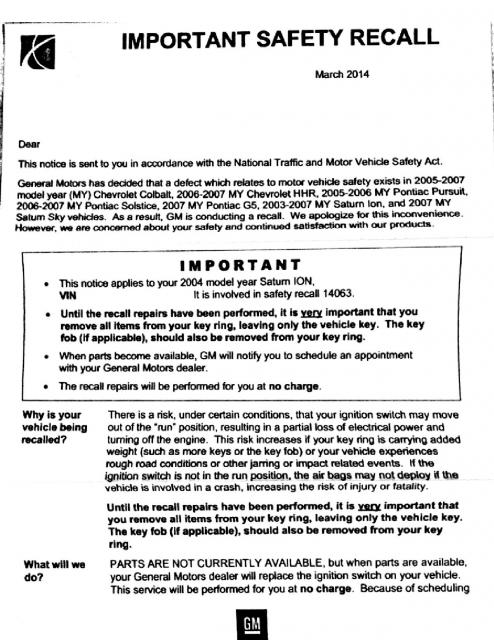
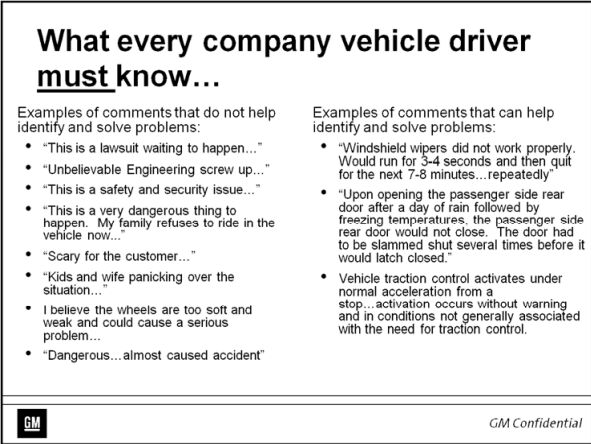

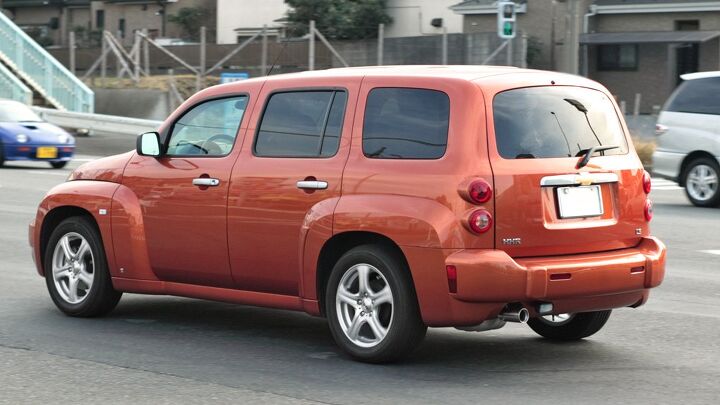
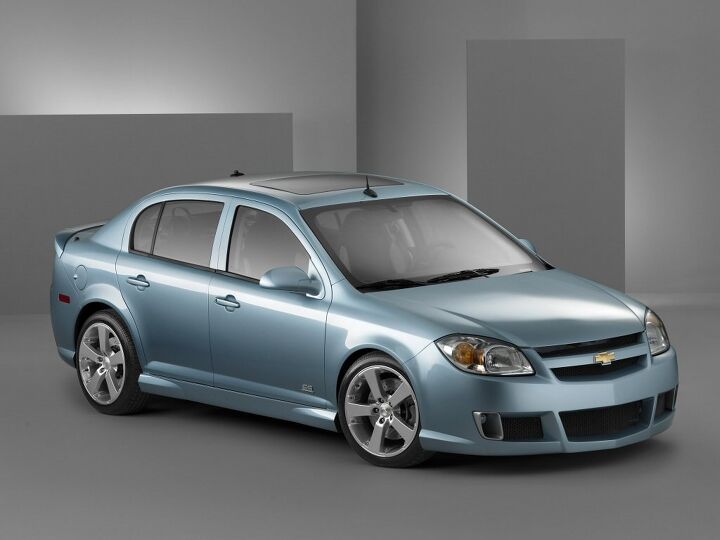




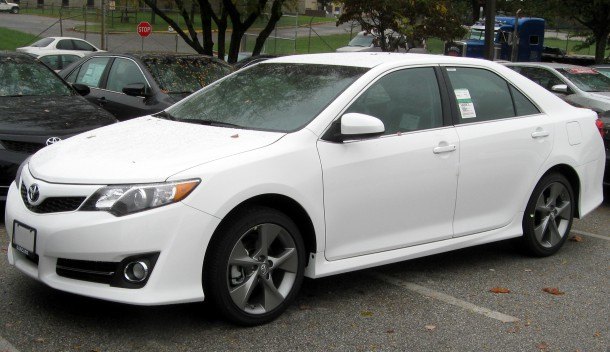
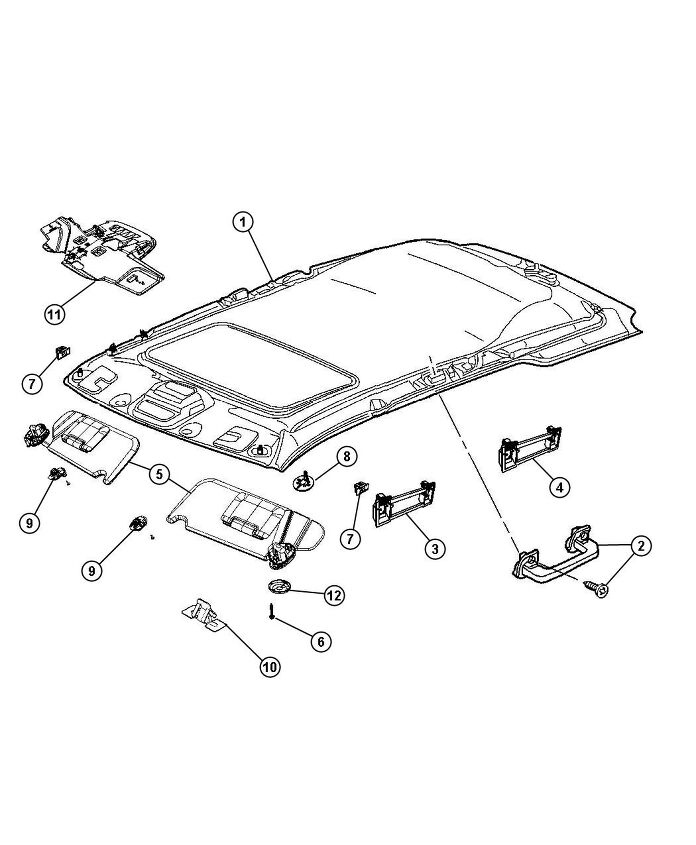
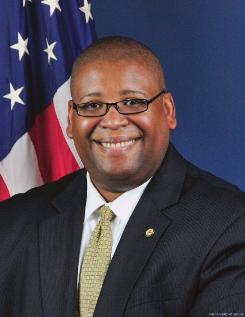
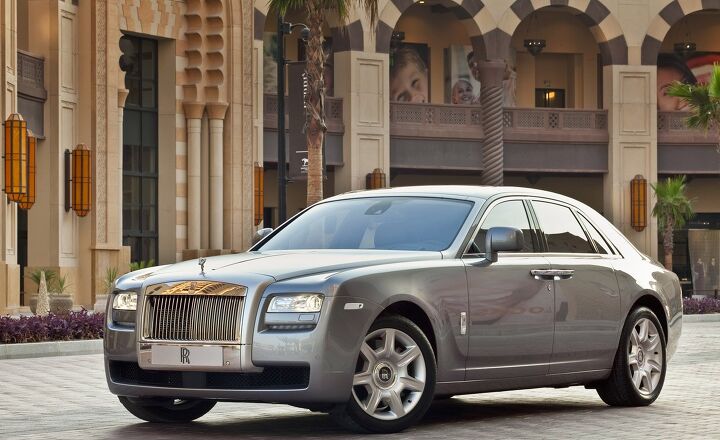
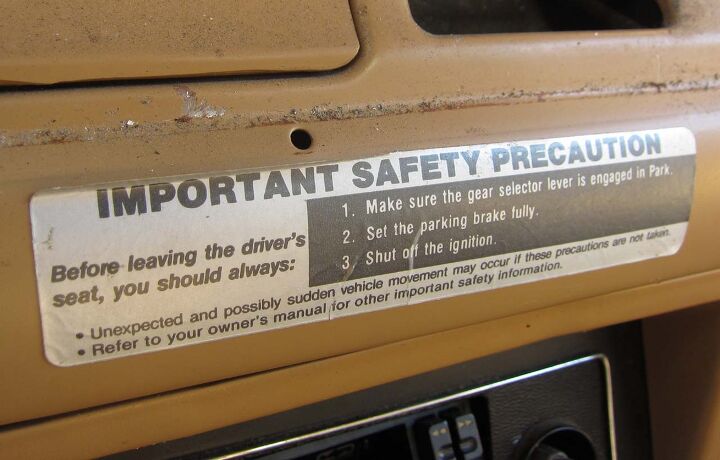












Recent Comments